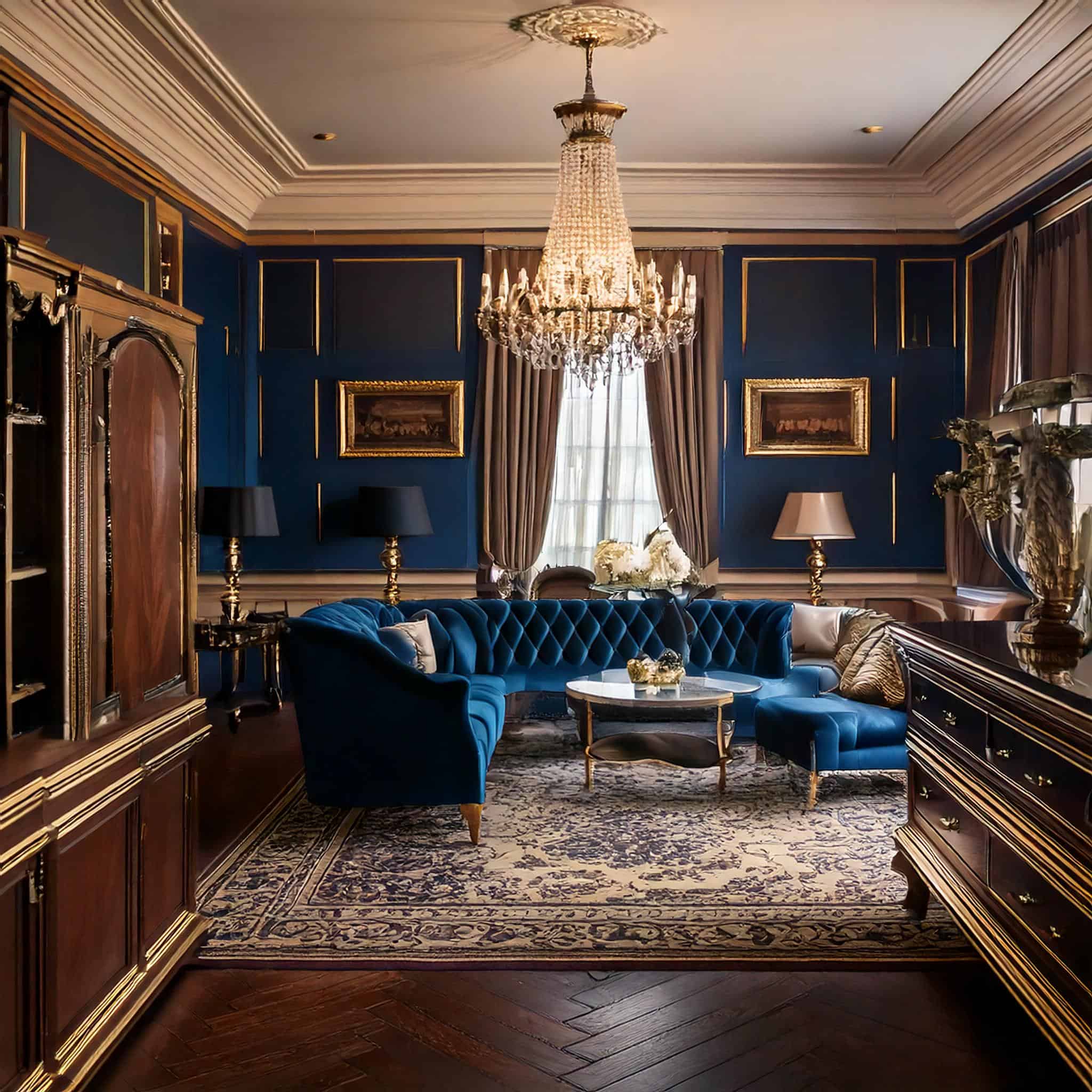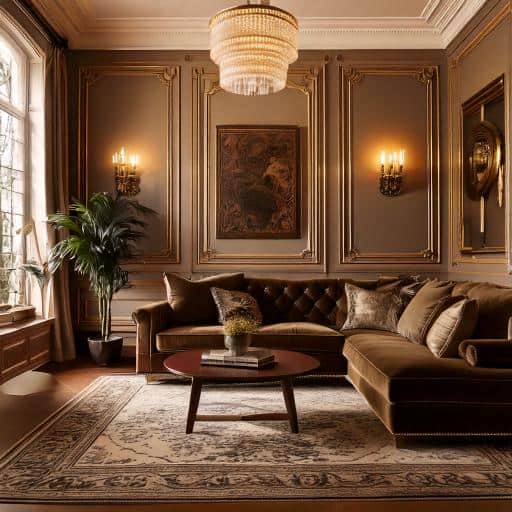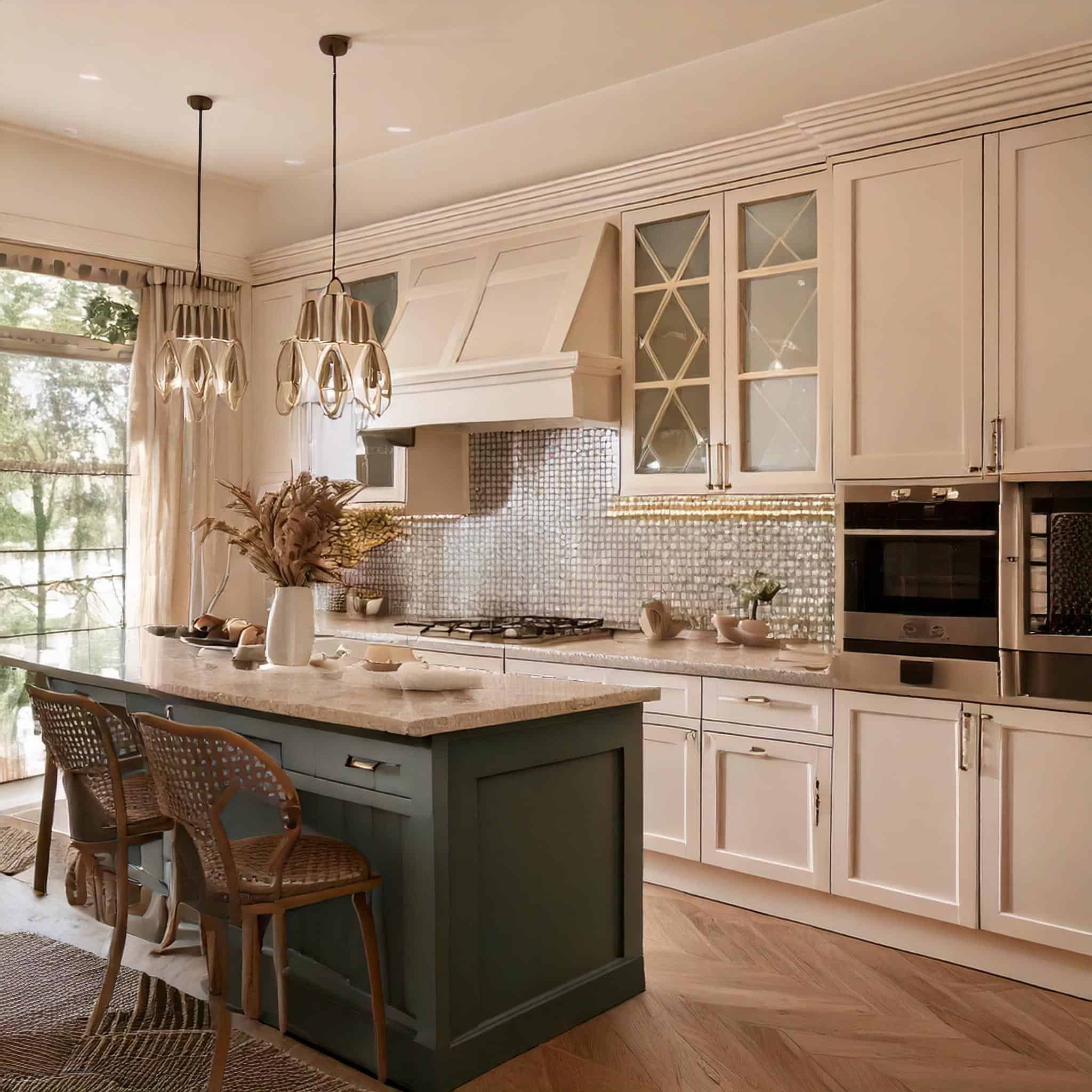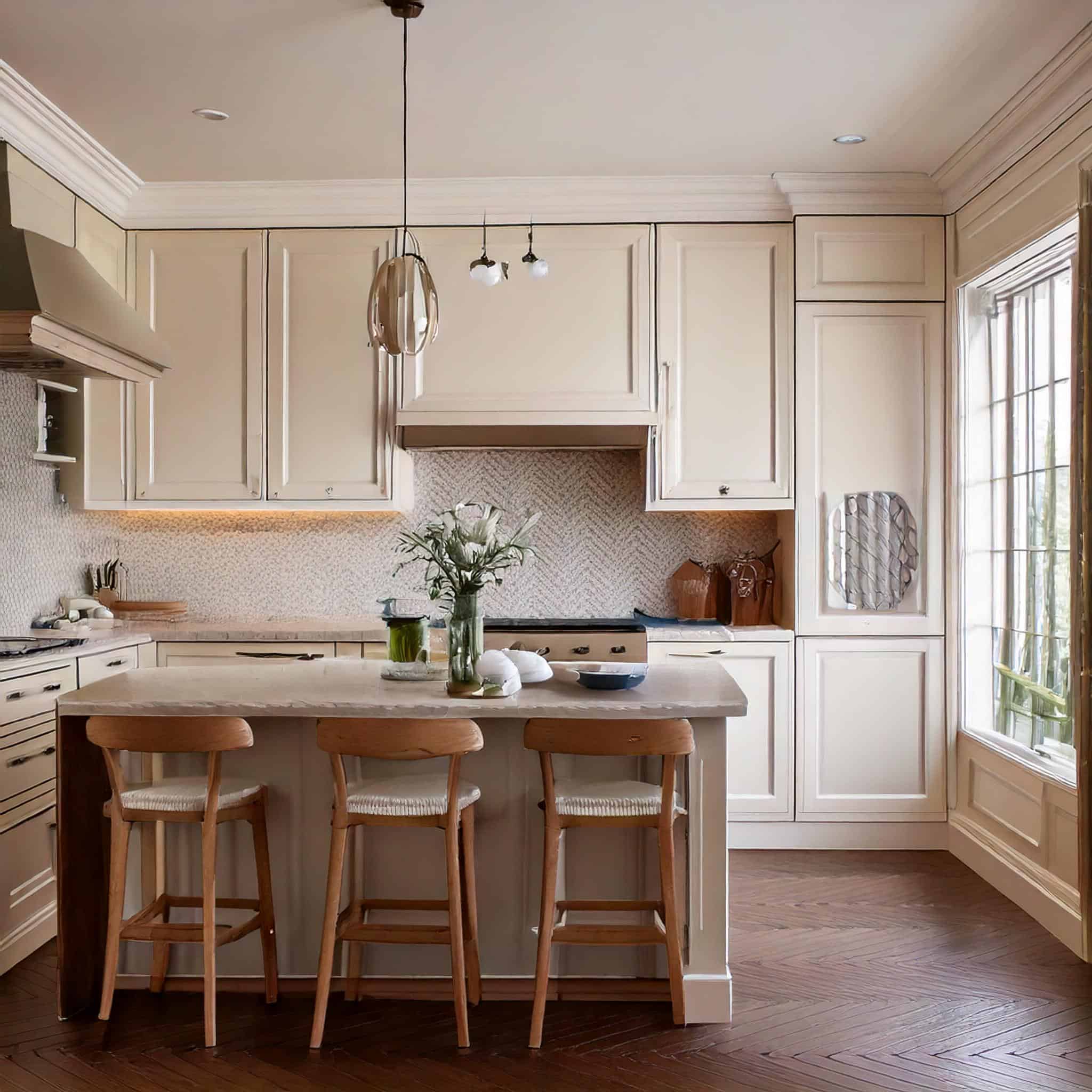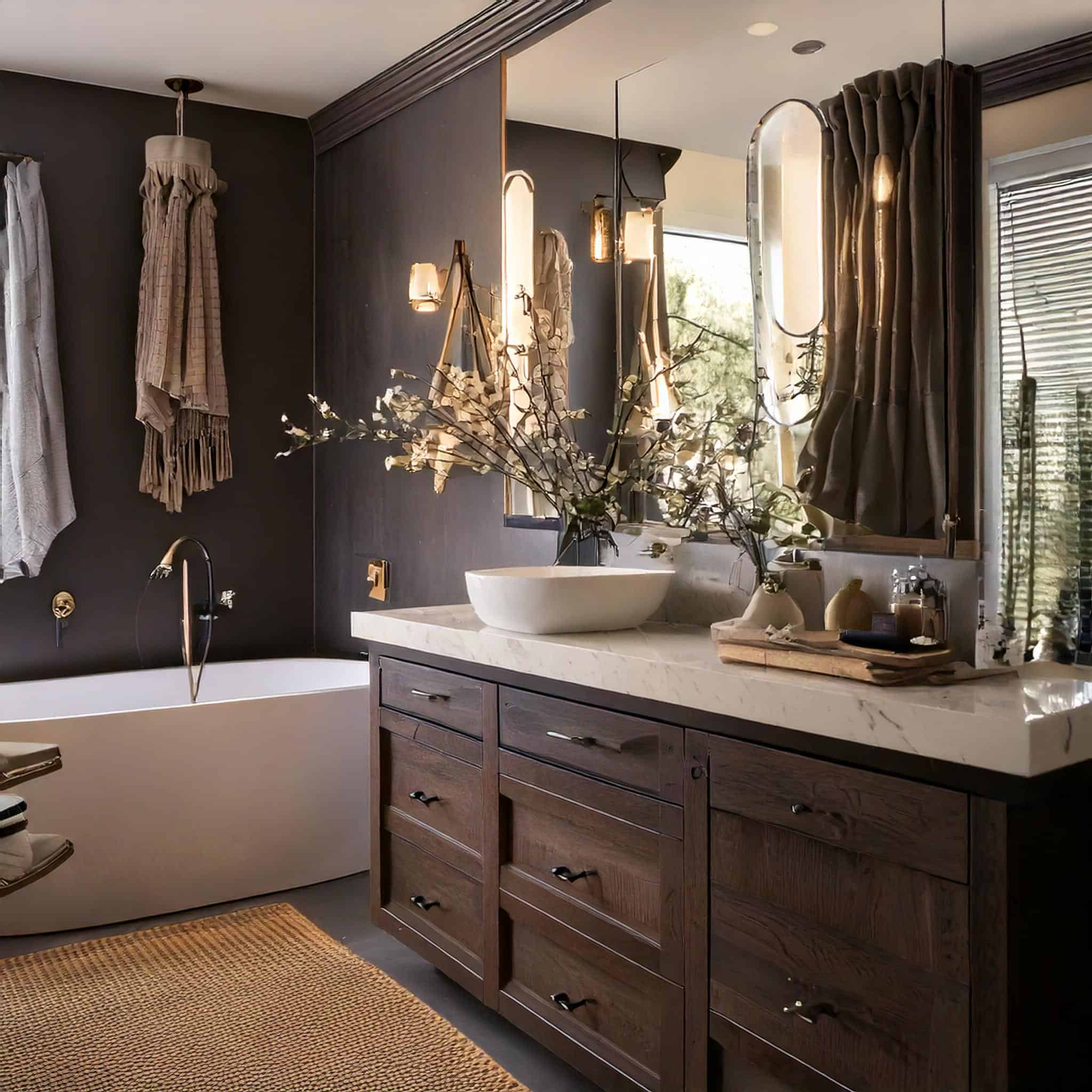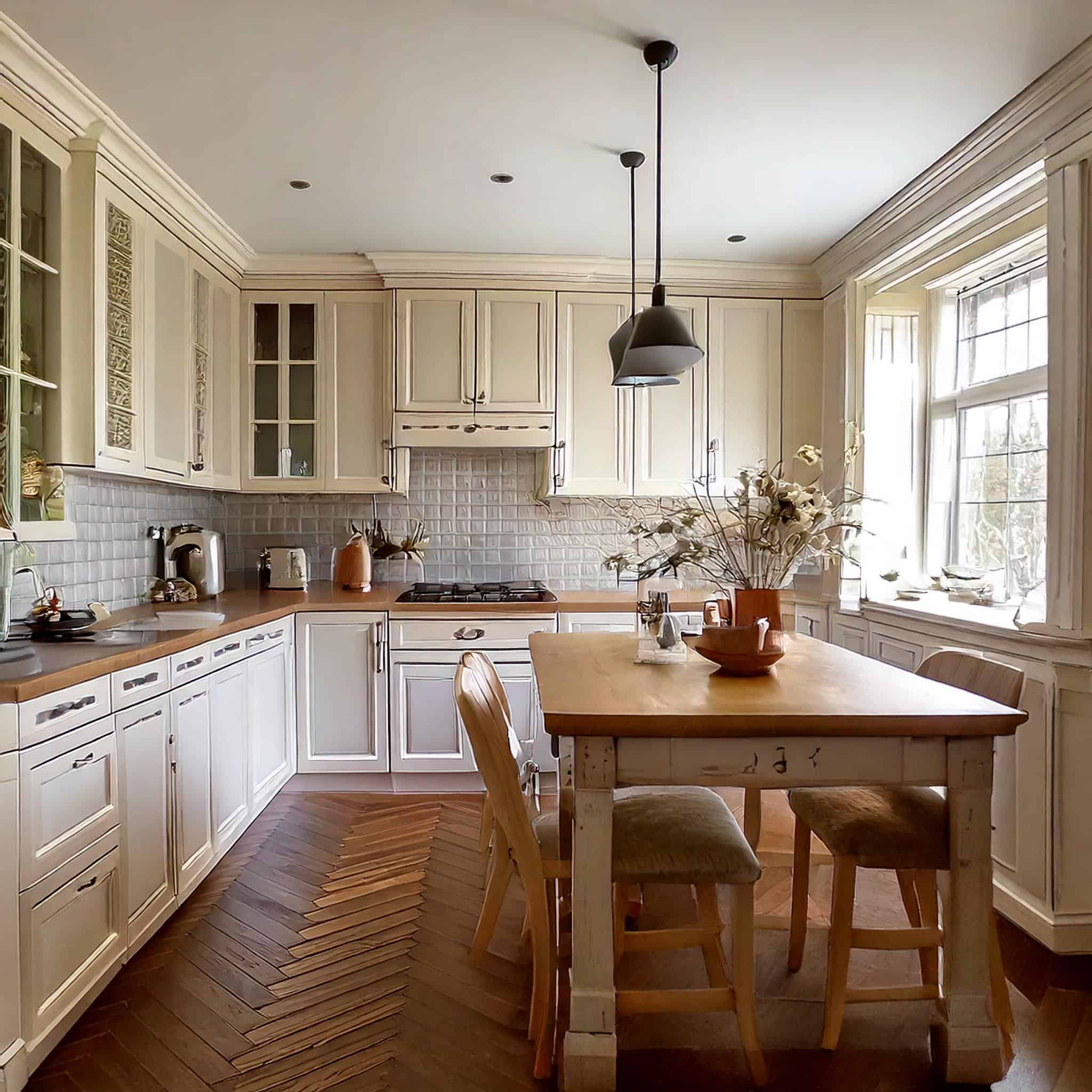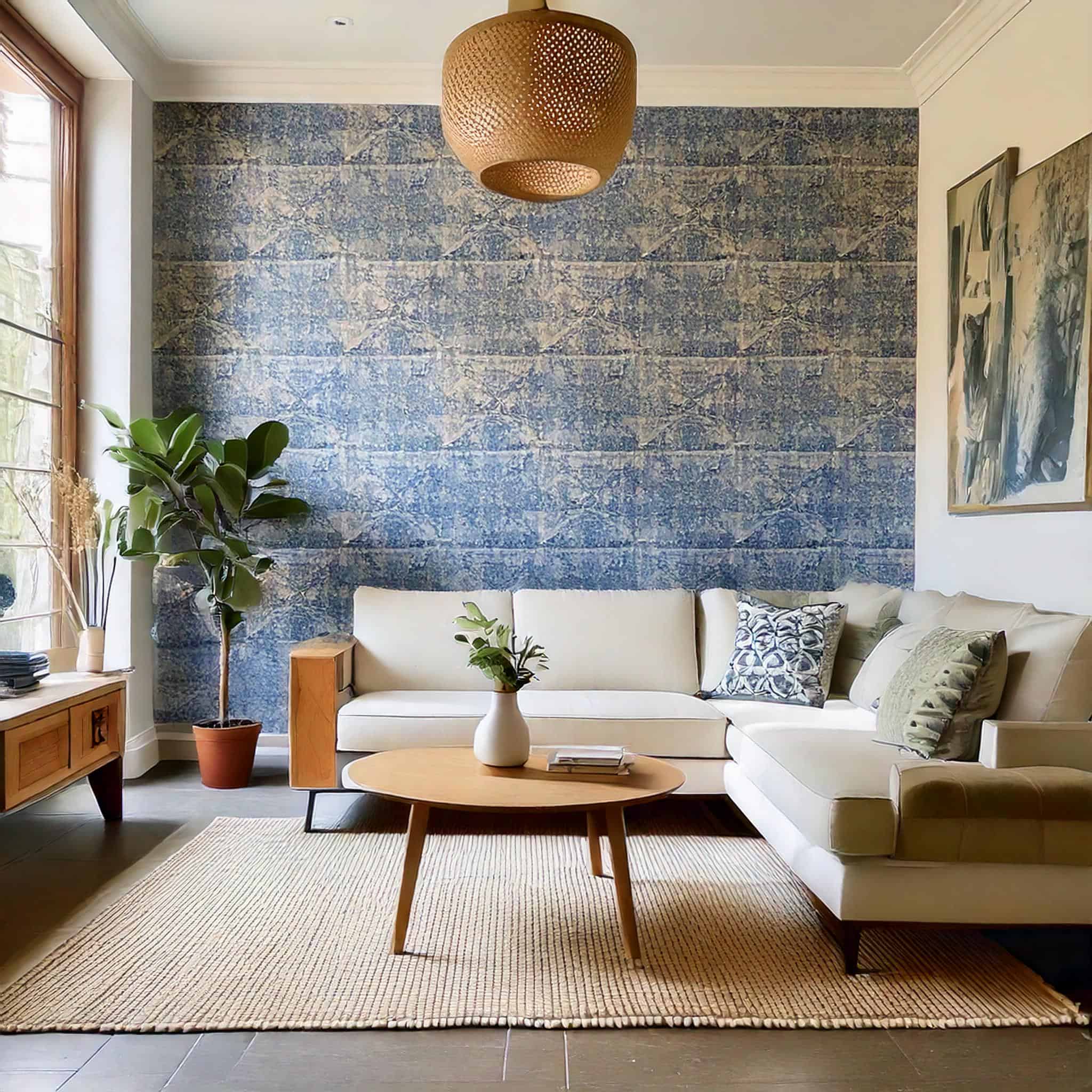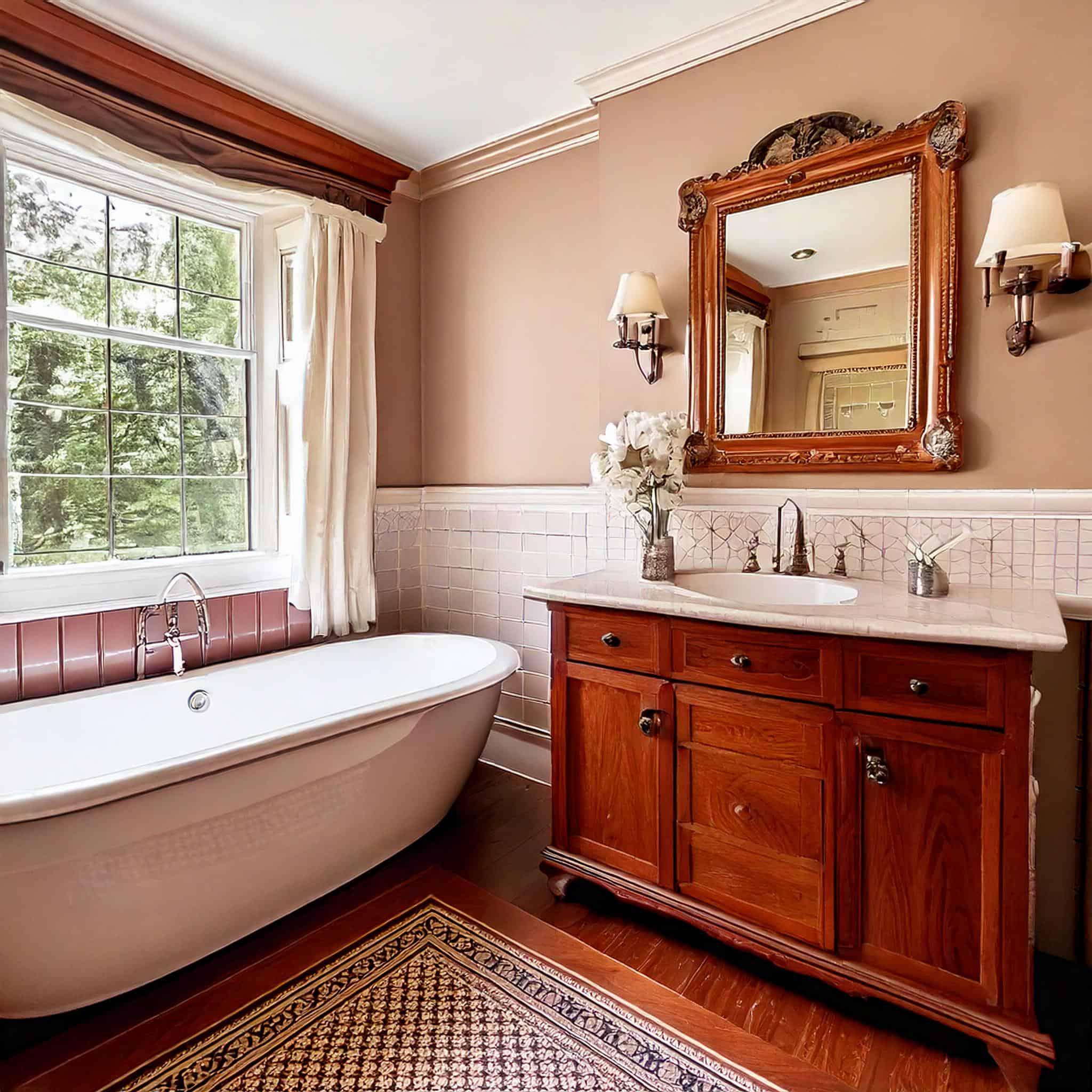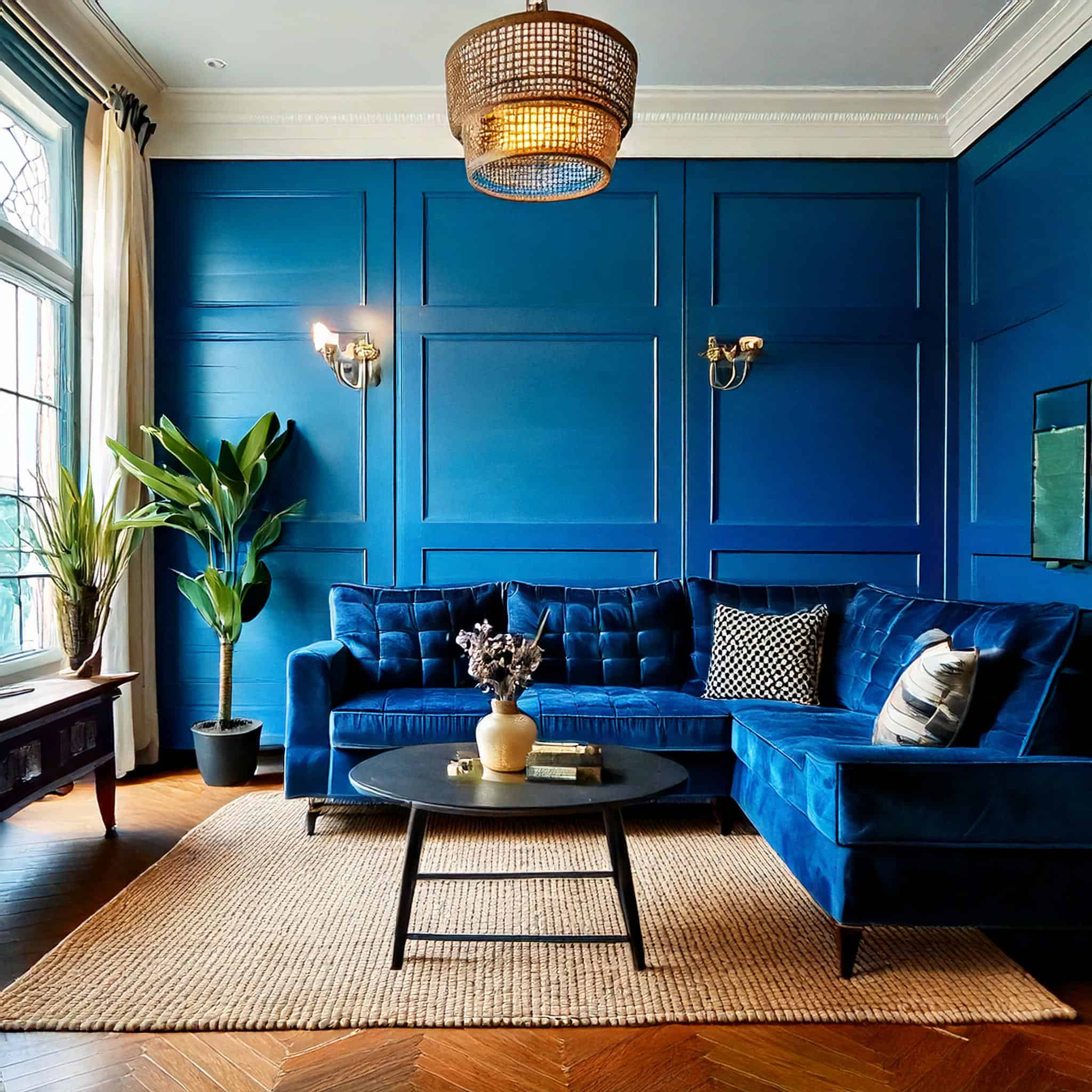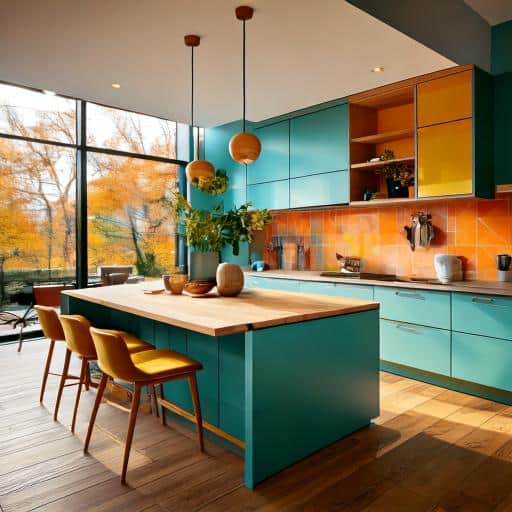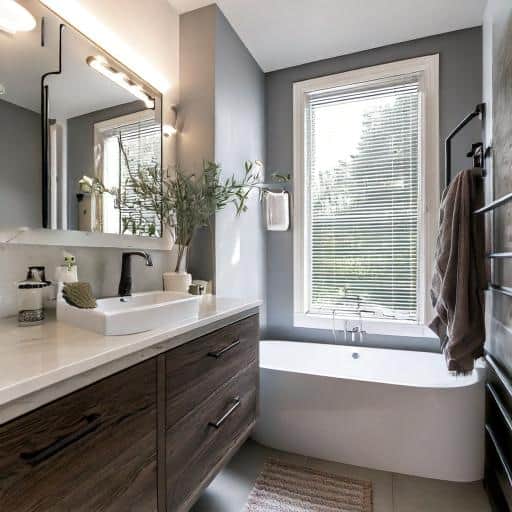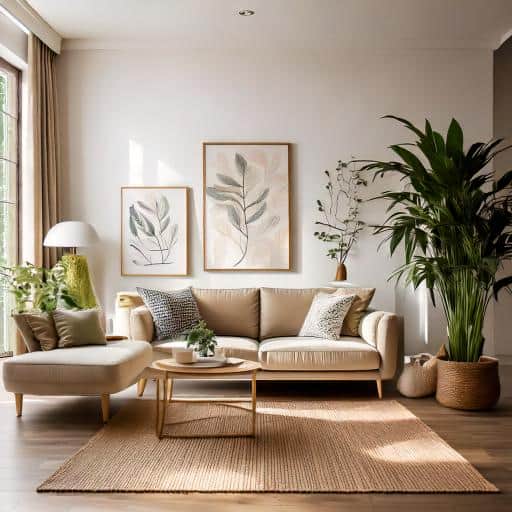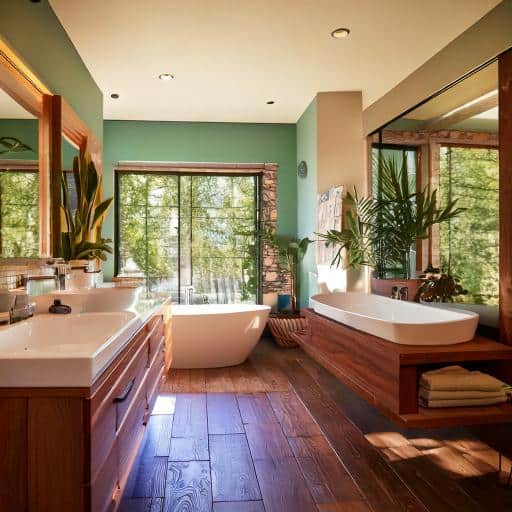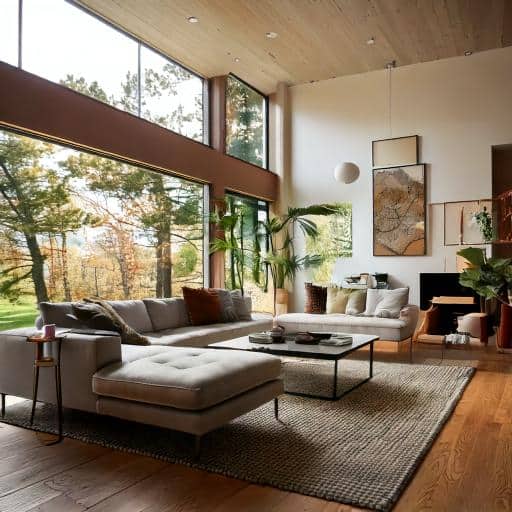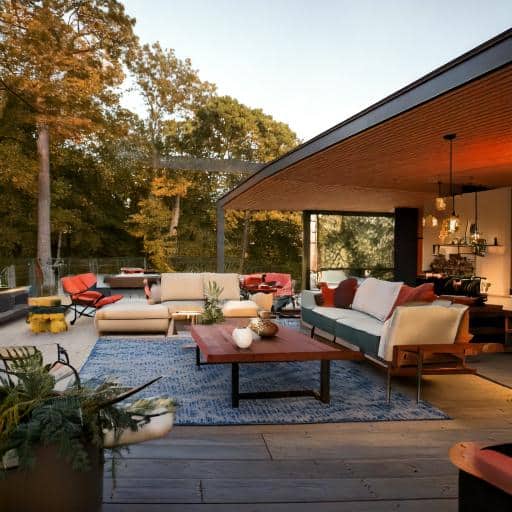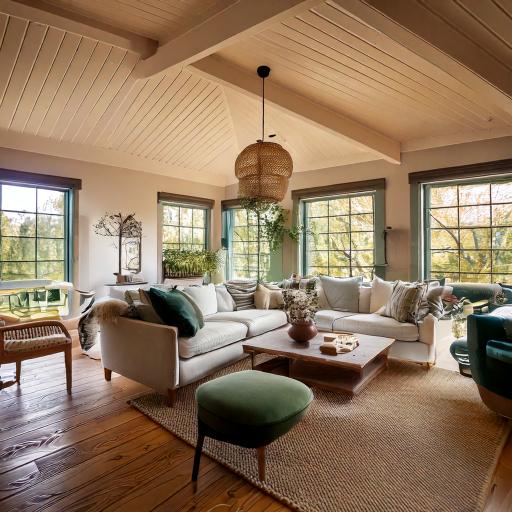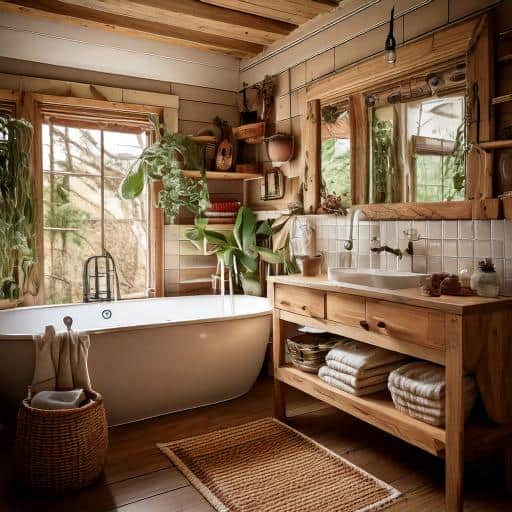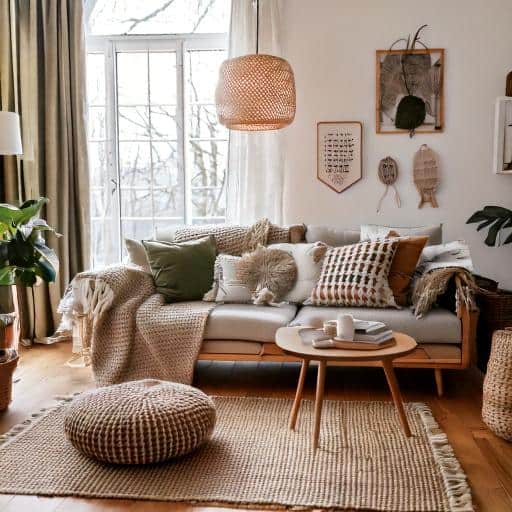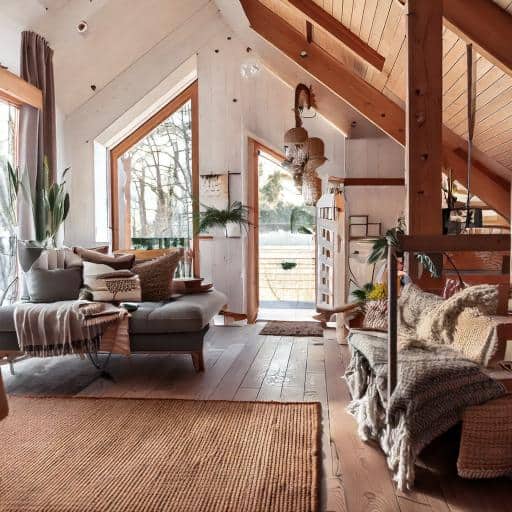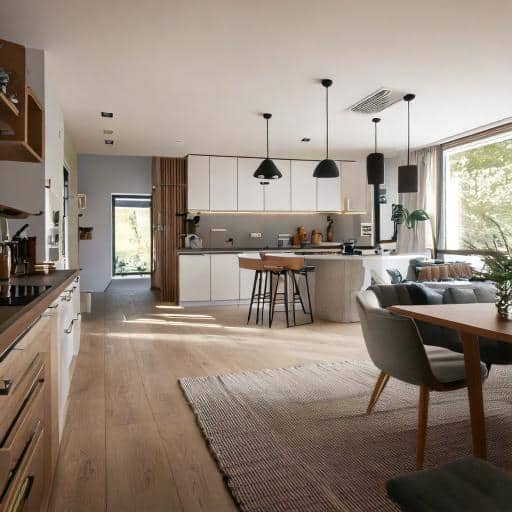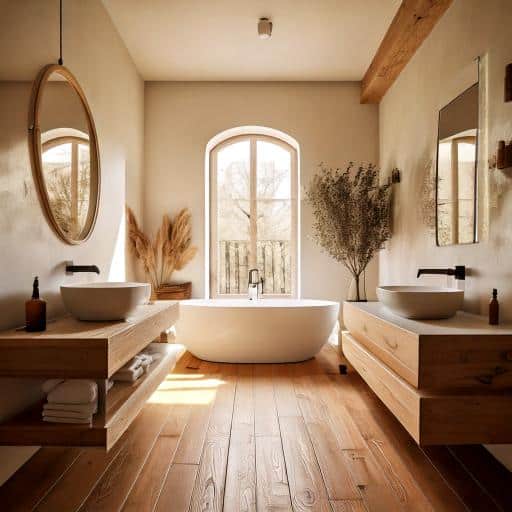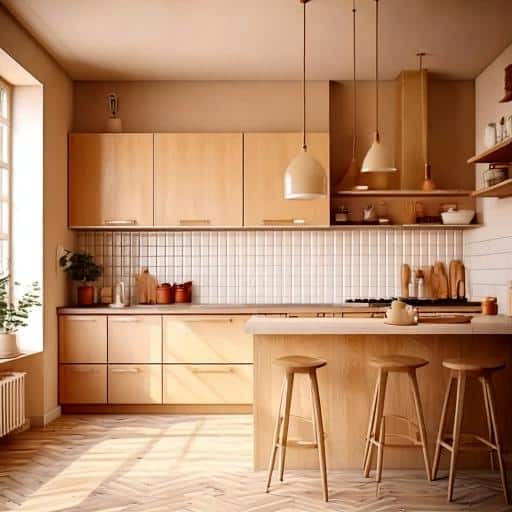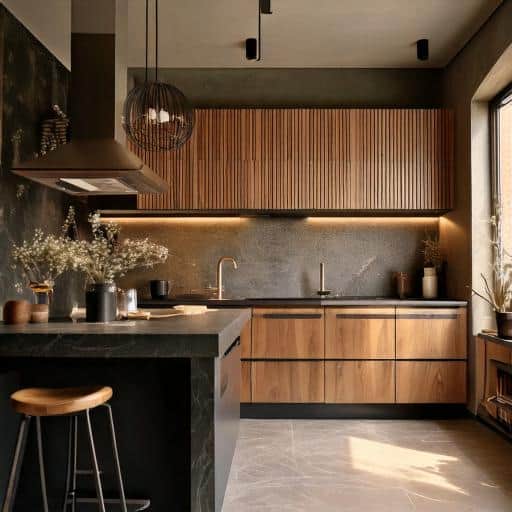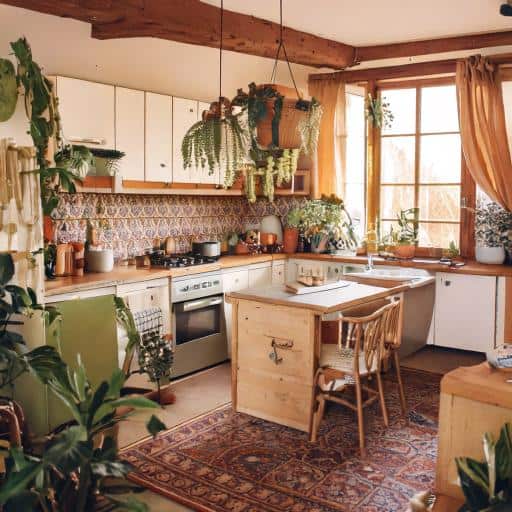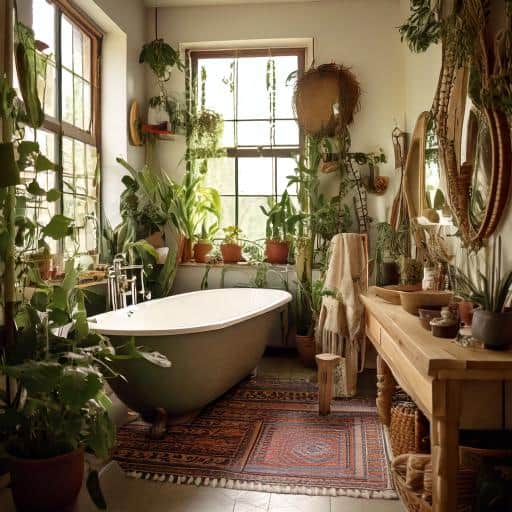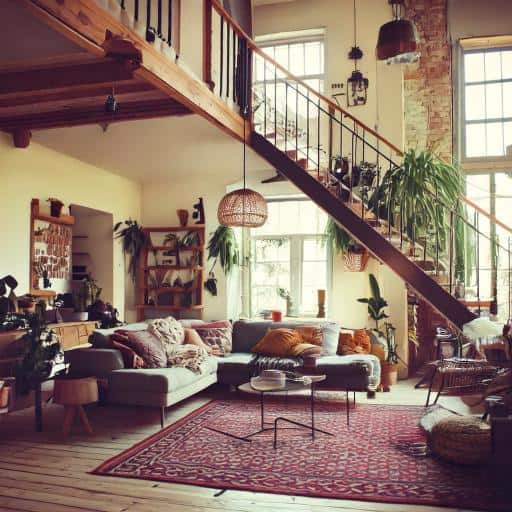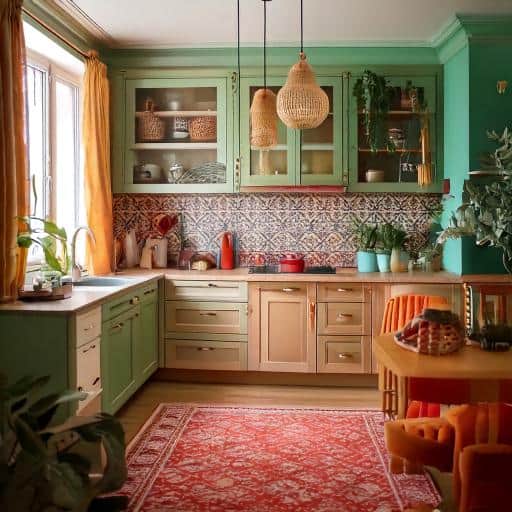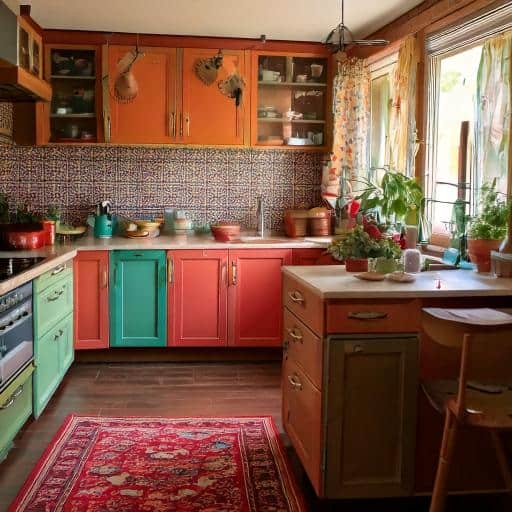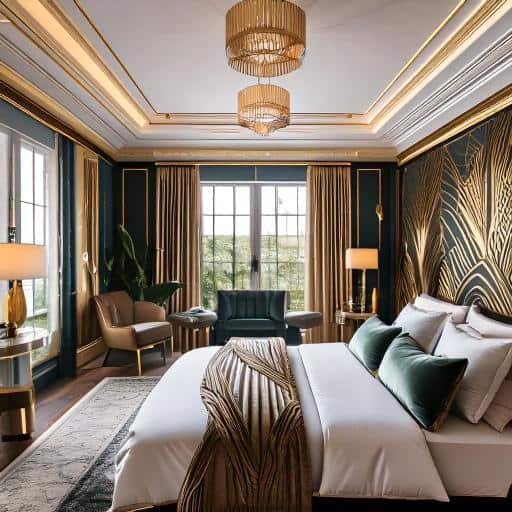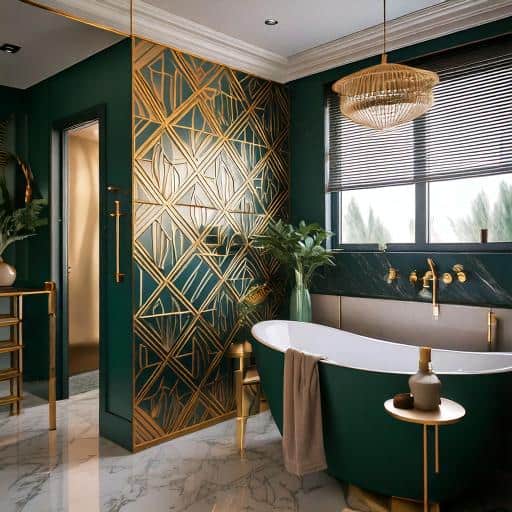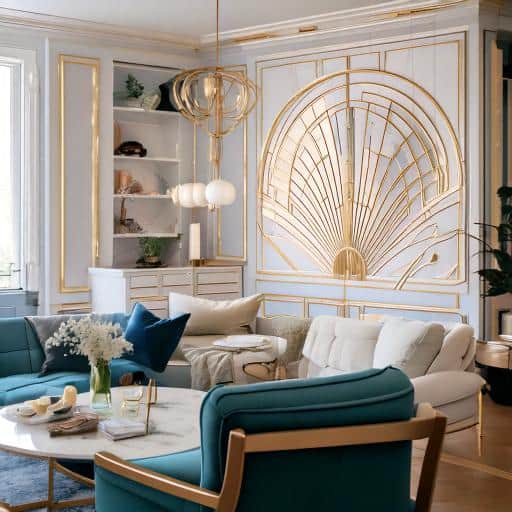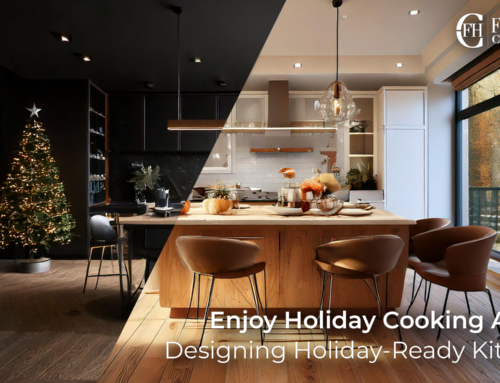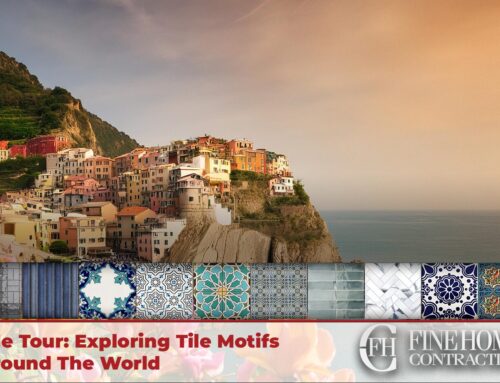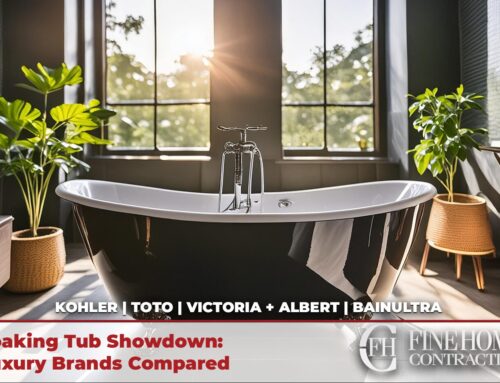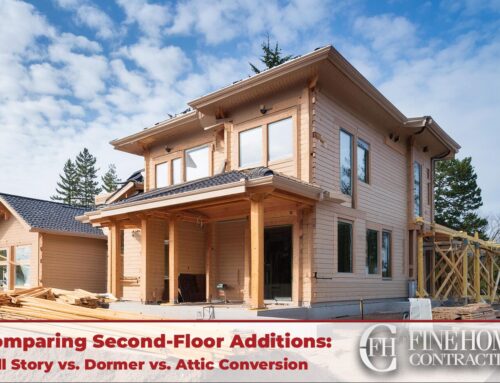Introduction: Modern Design is Changing
Interior design trends are shifting fast: in the past decade, we’ve moved away from neutral beiges, greys, and hotel-like spaces lacking personality. Today’s designs embrace personal character, breaking traditional “rules” by blending favorite retro themes, neo-maximalist decor, and eclectic art. Modern interiors now borrow from historical styles, combining vintage elements with contemporary standards to keep spaces fresh yet functional.
As we enter the 2020s, styles have grown fluid, encouraging unique, personal touches. This guide explores the defining design styles of recent decades, from timeless favorites to emerging trends, each offering a distinct way to make your home reflect who you are.
Styles Covered In This Guide
Classic + Traditional Styles
Traditional Design
Common Themes & Features:
Design Tips:
Examples:
Transitional Design
Common Themes & Features:
Design Tips:
Examples:
French Country Design
Common Themes & Features:
Design Tips:
Examples:
Colonial Revival Design
Common Themes & Features:
Design Tips:
Examples:
Modern Design Styles
Modern Minimalist Design
Common Themes & Features:
Design Tips:
Examples:
Mid-Century Modern Design
Common Themes & Features:
Design Tips:
Examples:
Modern Farmhouse Design
Common Themes & Features:
Design Tips:
Examples:
Nordic & Scandinavian
Inspired Design
Common Themes & Features:
Design Tips:
Examples:
Nordic/Japanese Mixed Styles
Common Themes & Features:
Design Tips:
Examples:
Stylized, Unique, or Niche Design Styles
Eclectic & Boho-Chic Designs
Common Themes & Features:
Design Tips:
Examples:
Neo-Maximalist Designs
Common Themes & Features:
Design Tips:
Examples:
Art Deco Revival Designs
Common Themes & Features:
Design Tips:
Examples:

